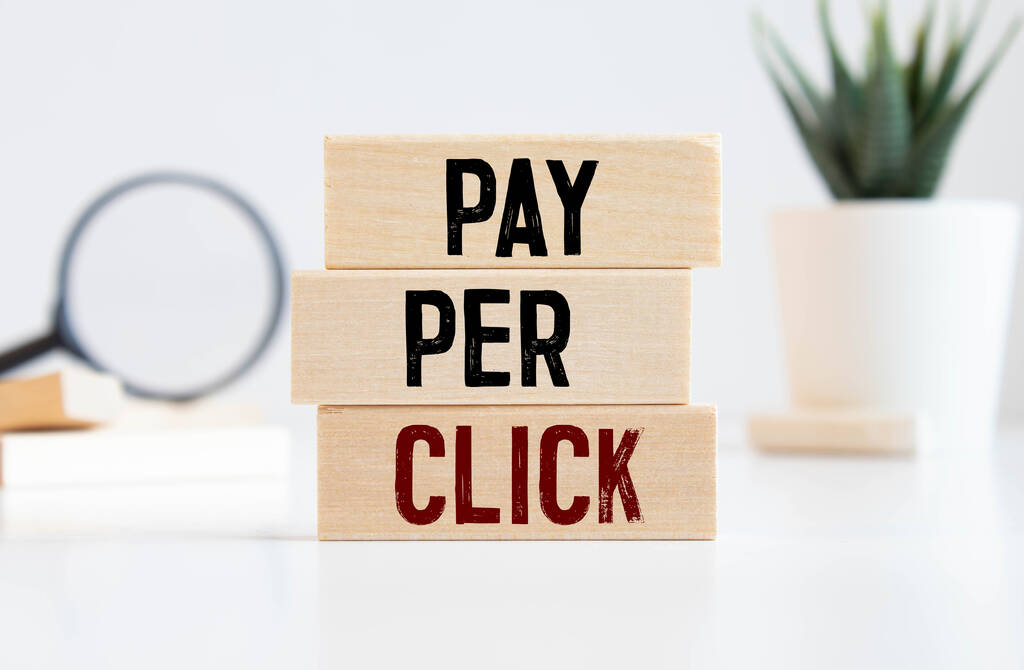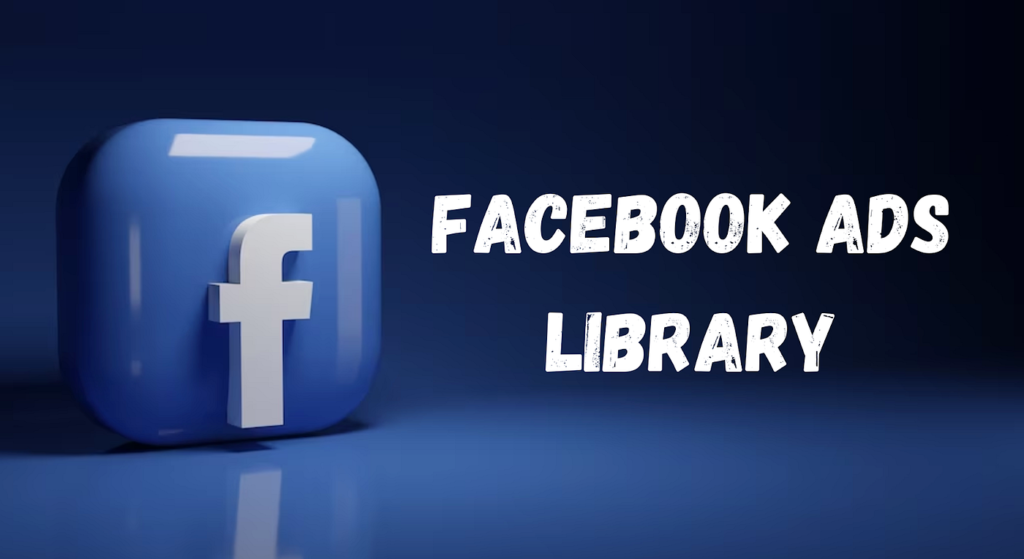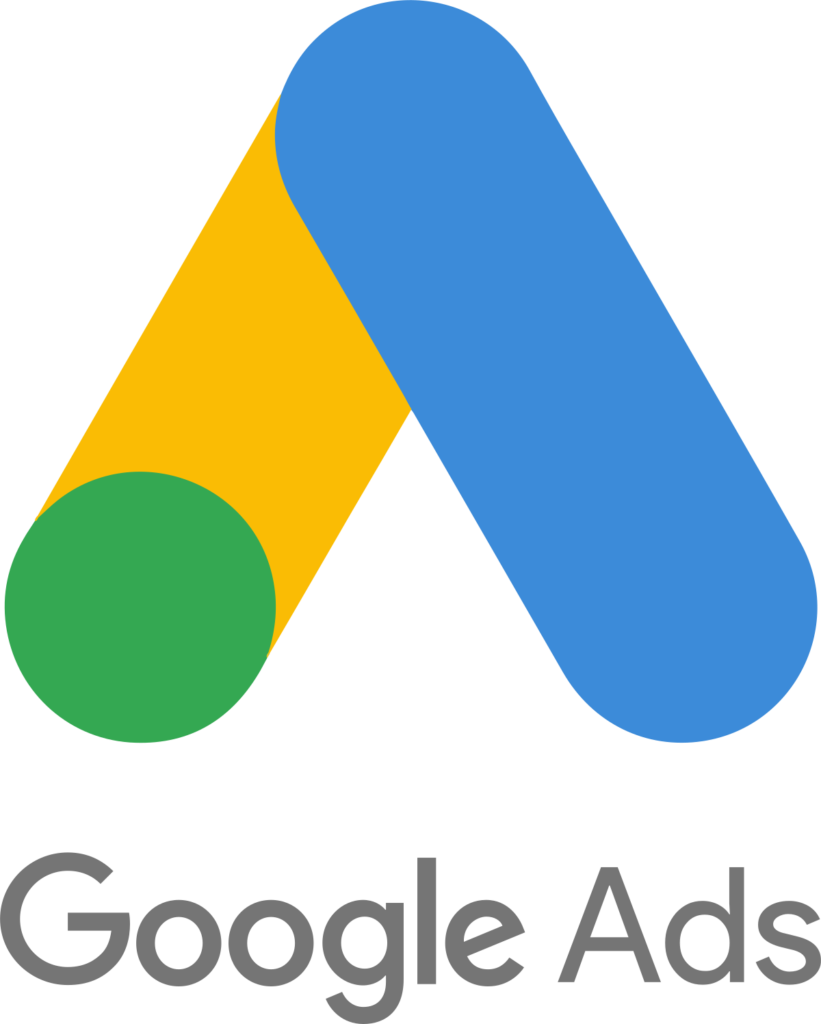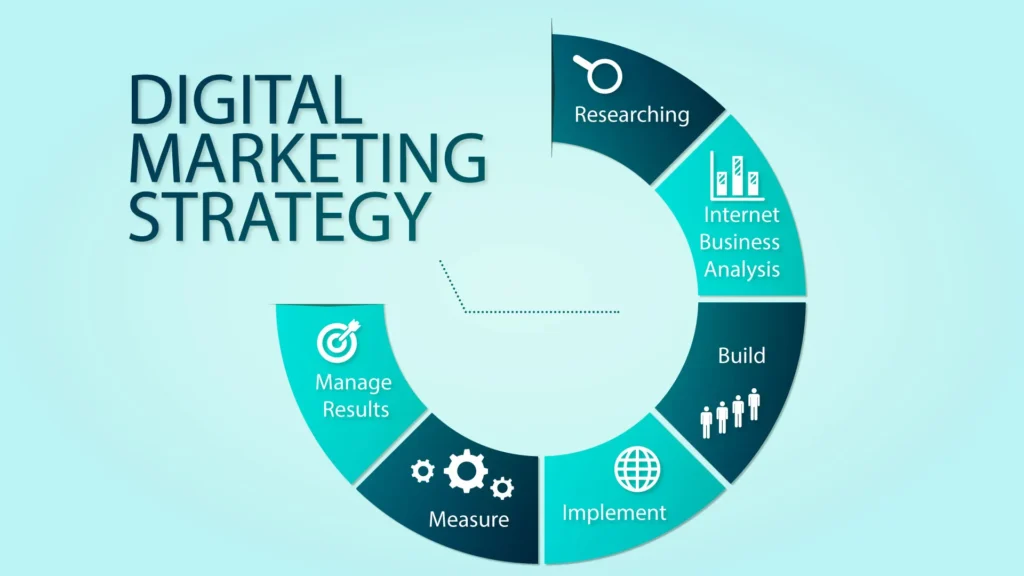Thrive in the Gig Economy: Freelance Digital Marketing Strategies
Introduction
In today’s rapidly evolving job landscape, the gig economy has emerged as a major force, offering flexibility, autonomy, and diverse opportunities for individuals to create their own professional paths. Within this ecosystem, freelance digital marketing stands out as a particularly lucrative and dynamic field. Moreover, with the right strategies, freelancers can not only survive but thrive in this competitive arena. Let’s explore some effective methods for success:
Define Your Niche
Identifying a niche within digital marketing is critical to standing out in a crowded marketplace. Whether it’s content marketing, social media management, SEO, or email marketing, specializing in a specific area allows you to hone your skills and become an expert in your field. Customers are often willing to pay a premium for specialized knowledge and experience.
Build a Strong Online Presence
As a digital marketer, your online presence serves as your portfolio and marketing tool. Create a professional website showcasing your services, past projects, client testimonials, and industry insights. Optimize your social media profiles, especially on platforms like LinkedIn and Twitter, to network with potential clients and showcase your expertise through valuable content.
Develop a Robust Portfolio
Your best tool for gaining clients is your portfolio. Display your previous work, emphasizing tracked outcomes, client endorsements, and effective campaigns. If you’re just getting started, think about providing your services for free or at a reduced cost in order to develop your portfolio and get good reviews.

Networking
The key to thriving in the gig economy is networking. Attend industry events, join online communities, and connect with fellow professionals and potential clients. Establishing a genuine connection can lead to referrals and future collaborations. Don’t underestimate the power of networking in expanding your client base and opportunities.
Stay Updated with Industry Trends
Digital marketing is a rapidly evolving field, with new trends, tools and algorithms emerging regularly. Stay abreast of industry news, attend webinars, and invest in continuous learning to stay ahead of the curve. Clients look for freelancers who demonstrate a deep understanding of current trends and can offer innovative solutions to their marketing challenges.
Deliver Outstanding Client Care
Excellent customer service can set you apart from the competition. Communicate promptly and professionally with clients, listen carefully to their needs, and deliver high-quality work within time and budget. Building long-term relationships with satisfied customers can lead to repeat business and referrals, ensuring a steady stream of income.
Spread Out Your Sources of Income
It can be risky to depend entirely on client projects for revenue. Offer digital goods like e-books, online courses, or templates pertaining to your area of expertise to diversify your revenue sources. Look into opportunities for passive income or affiliate marketing to increase your earnings as a freelancer.
Invest in Yourself
Invest in your skills and personal development to stay competitive in the changing digital landscape. Consider pursuing certifications, attending workshops, or enrolling in online courses to expand your knowledge and expertise. Ongoing education maintains your enthusiasm for the industry while also increasing your worth to clients.
Clarify Your Objectives and Metrics
Establish clear goals for your freelance digital marketing career, whether it’s financial goals, expanding your client base, or mastering new skills. Break these goals down into actionable steps and track your progress regularly. By setting measurable metrics, you can evaluate your performance and make the necessary adjustments to achieve success.https://ocpd.redlands.edu/
Practice Self-Care
Finally, it’s critical to emphasize self-care amidst the hectic demands of being a freelancer. Set boundaries between work and personal time, take breaks to recharge, and prioritize activities that nourish your physical and mental well-being. A healthy work-life balance is essential for long-term stability and success in the gig economy.
Conclusion
In conclusion, having a successful career as a freelance digital marketer in the gig economy requires having a variety of specialized talents, proactive networking, ongoing education, and—above all—a client-focused mentality. By implementing these strategies and staying abreast of changes in the industry, you can build a fulfilling and prosperous career in the dynamic world of digital marketing.
Read more Charanjotsingh





